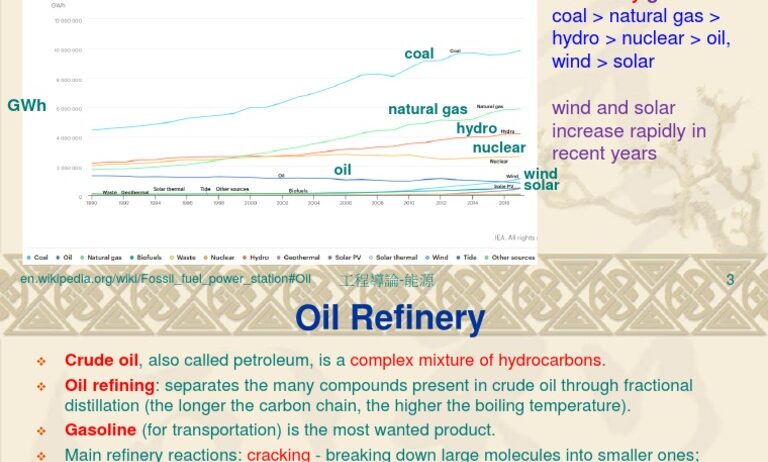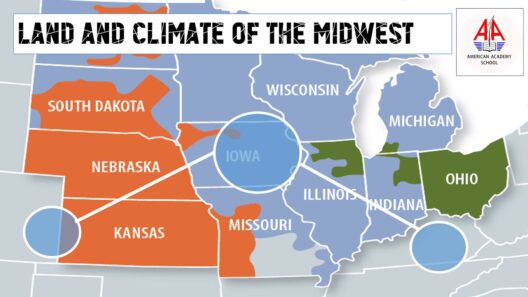The Fuel Administration, established during World War I, played a pivotal role in conserving energy and regulating fuel consumption in a time of scarcity. This organization was instrumental in shaping policies that not only aided the war effort but also set a precedent for modern energy conservation. Understanding the actions taken by the Fuel Administration offers valuable insights into the complexities of energy management and the need for sustainable practices in contemporary society.
At the onset of the 20th century, the United States was experiencing an unprecedented industrial boom. The burgeoning demand for energy resources, particularly fuels such as coal, oil, and gasoline, could have easily led to resource depletion and environmental degradation. However, the advent of World War I necessitated a more strategic approach to resource management, giving rise to the Fuel Administration’s objectives to conserve energy.
The Fuel Administration was charged with the responsibility of maximizing fuel production while simultaneously ensuring that energy was consumed judiciously. Under the auspices of President Woodrow Wilson, this agency initiated a series of innovative strategies to promote energy efficiency. Among its notable initiatives was the introduction of the “Daylight Saving Time,” which aimed to reduce the reliance on artificial lighting by making better use of natural daylight. This policy served to lower energy consumption significantly, influencing modern energy use behaviors.
Moreover, the implementation of “fuel rationing” emerged as a critical tactic employed by the administration. Each sector—be it residential, commercial, or industrial—was allocated a specific fuel quota based on necessity. With rationing, the Fuel Administration could control the distribution of fuel and alleviate shortages, thereby ensuring that vital sectors maintained operational integrity during wartime. This concept of controlled distribution continues to resonate today, as it highlights the potential benefits of resource allocation in crisis scenarios.
Public engagement and compliance were also integral to the Fuel Administration’s approach. The agency launched extensive public awareness campaigns, utilizing slogans such as “Save Fuel and Save the Nation.” These initiatives were designed to instill a sense of responsibility among citizens regarding their energy consumption practices. The mobilization of public sentiment is a powerful lesson: effectively communicating the importance of conservation can lead to substantial shifts in societal behaviors.
Furthermore, the Fuel Administration encouraged innovation in energy technologies. It provided support and funding for research into alternative fuels and renewable energy sources, which were nascent concepts at the time. By fostering an environment that valued technological advancements, the administration laid the groundwork for future energy solutions, echoing the current necessity for investment in clean energy alternatives amid ongoing climate change challenges.
In examining the Fuel Administration’s policies, one must consider the overarching socio-political climate of the time. The exigencies of war necessitated immediate and sometimes drastic measures to ensure resource availability. This unique environment catalyzed energies toward collective action, a model that is often difficult to replicate in peacetime. Today, the challenge remains to inspire similar collective action for energy conservation in a world that is increasingly aware of its environmental impact.
One cannot overlook the era’s technological limitations when analyzing the Fuel Administration’s efficiency initiatives. Simple measures such as the encouragement of carpooling, public transportation, and efficient home heating techniques were all part of a broader energy conservation philosophy that sought to optimize existing resources. These concepts are mirrored in contemporary discussions surrounding sustainable transportation, urban planning, and energy-efficient home designs.
Additionally, the emergence of regulations during the Fuel Administration’s tenure underscored the necessity of government oversight in energy management. The creation of rules and standards for fuel distribution not only served immediate needs but also established a regulatory framework for future energy practices. This regulatory influence remains vital today as governments navigate the complex landscape of energy policy to balance economic growth with environmental stewardship.
Looking back, the legacy of the Fuel Administration offers rich lessons for navigating current energy challenges. The pressures of war compelled innovative conservation measures that are applicable to the modern context of climate crisis and resource scarcity. The strategies adopted by the Fuel Administration invoked public participation, regulatory frameworks, and innovative technologies—each of which continues to be essential components of effective energy management today.
In conclusion, the actions taken by the Fuel Administration during World War I illuminate markedly relevant principles of energy conservation. They serve as a historical blueprint that advocates for a conscientious approach to resource management. As contemporary society grapples with escalating energy demands and an urgent need for sustainability, it is imperative to reflect on past initiatives. The lessons learned from the Fuel Administration, with particular emphasis on public engagement, regulation, and innovation, can steer current and future endeavors towards a more sustainable energy future. Just as the world faced a turning point over a century ago, we find ourselves at a similar crossroads today, one that necessitates immediate and concerted action for the preservation of our planet’s resources.







